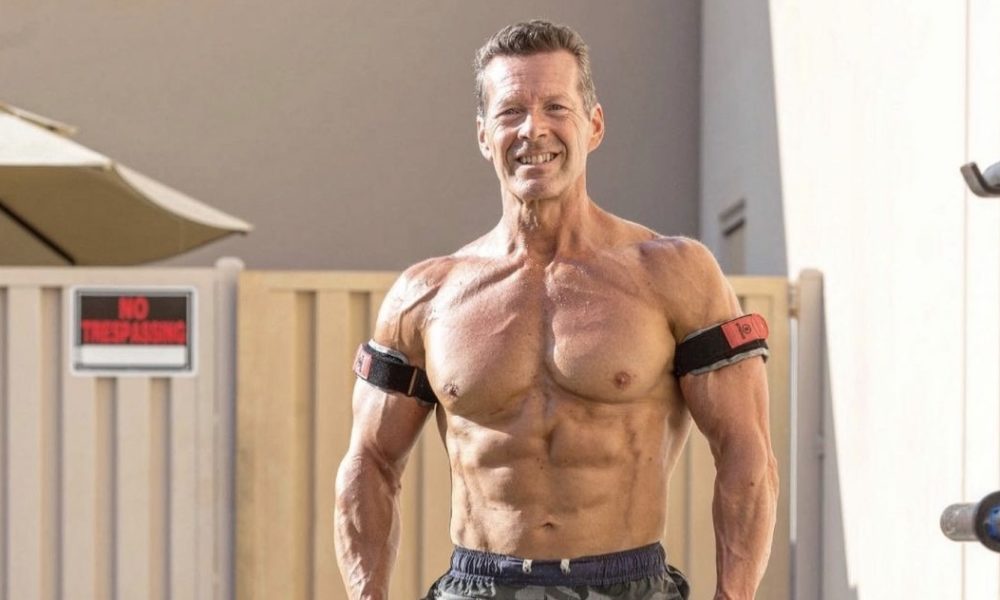

Staying fit in your 50s and beyond is a great way to keep healthy. But as you get older, you may find it challenging to maintain your fitness and health.
Your body composition changes at 50 years and beyond, and your weight increases. You start losing muscle mass and bone density, altering how you move and store fat. You might not notice these changes right away, but they can affect your mood and energy levels in the long run.
But don’t be discouraged, there is good news!
There are a variety of ways to change your diet and workout routine to help you stay fit. While these changes take more effort than they used to, you’ll find that they’re worth the extra work in terms of fitness and staying healthy.
The importance of exercise and physical activity for individuals over 50 years cannot be underestimated. Regular physical activity lowers the risk of chronic disease, including heart disease and cancer, and mental health. Exercise also helps seniors remain independent for longer by building strength, improving balance, and preventing falls.
This article will cover some fitness tips that seniors should consider changing to stay healthy and active in their golden years. They include:
1. Exercise Regularly
It can be hard to stay motivated to exercise in your 50 years and beyond. Also, as you age, your body may be slower to recover from injuries or illnesses associated with exercising than when you were younger.
But the benefits of regular exercise for 50 years -aged are great. Regular physical activity may help reduce your risk of many serious health problems, including heart disease, type 2 diabetes, osteoporosis, and some types of cancer.
It also can help you maintain physical strength and endurance, control your weight, improve your mood and outlook, enhance your quality of life and contribute to successful aging.
Exercises You Can Do at 50yrs and Beyond
According to the American Family Physician, the best exercises for 50-year-olds help build your strength, balance, and flexibility. Therefore you should have a well-rounded fitness plan that includes aerobic activities, strength training, balance exercises, and flexibility work that can all be accomplished with some essential equipment and a little space.
However, consult your doctor or personal trainer before beginning an exercise program if you have a chronic disease or are healthy. They will be able to prepare an exercise plan that meets your health and fitness goals and is safe for you.
Here are some exercises you can do at 50 years and beyond.
Walking
Walking is an excellent exercise for people over 50. It improves cardiovascular health, lowers blood pressure and helps maintain a healthy weight. Plus, it’s low impact and reduces your risk of injury.
If you don’t already walk regularly, start with short walks and build up to longer ones. Just 30 minutes of walking five days per week can make a difference, so lace up those sneakers and get going!
Strength Training
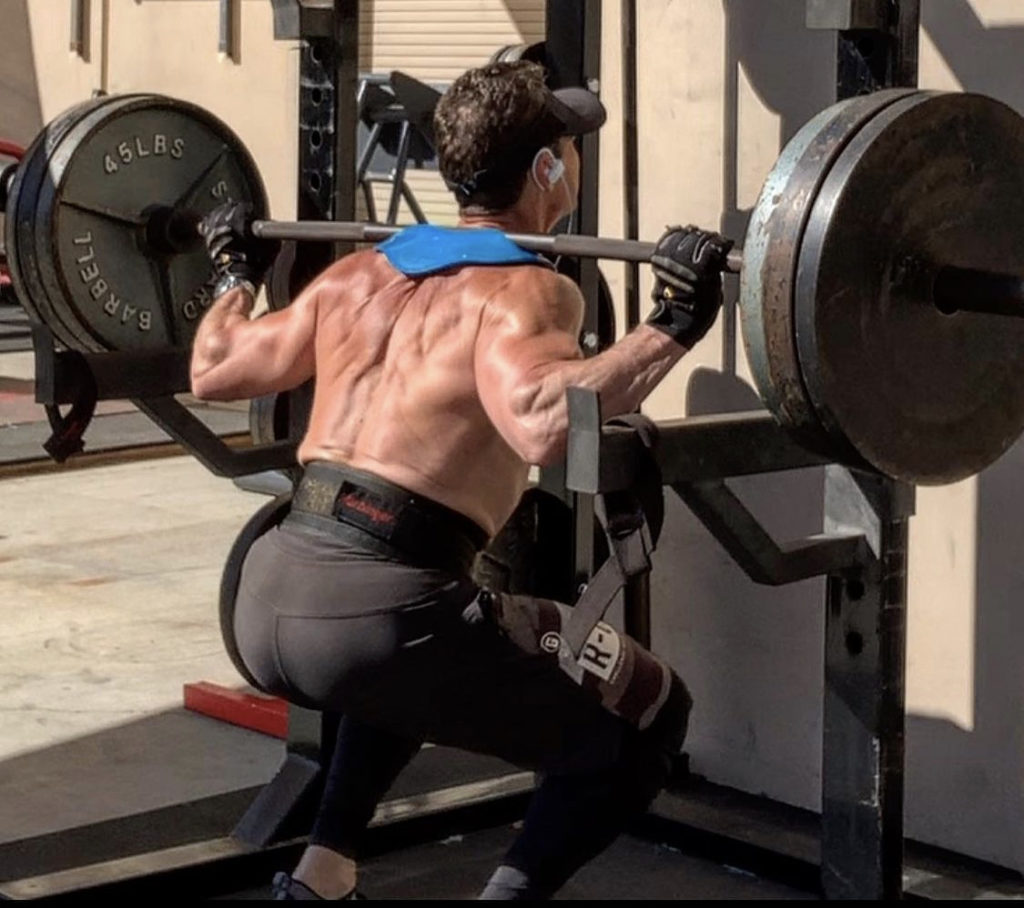
Do strength training at least twice a week. According to the American Heart Association, muscle-strengthening exercises boost metabolism and maintain weight loss. It’s also crucial for maintaining strength and balance as you age.
Strength training uses resistance, like free weights, weight machines, resistance bands, or a person’s weight, to build muscles and increase strength. It helps you build muscle mass and prevent loss of bone density, reducing the risk of developing osteoporosis later in life.
They can also improve balance — an essential element in staying active and avoiding falls. Try simple hand-held weights or ankle weights for resistance training, or use your body weight for resistance by doing push-ups or sit-ups.
Swimming and Water Aerobics
Swimming and water aerobics are excellent cardio exercises for people over 50 because they have minimal impact on the joints. Swimming also provides a mental release from daily stresses. This aerobic activity improves breathing capacity, increases muscle strength, and helps with weight loss.
Water aerobics in particular also helps increase muscle mass and improve flexibility – all in a low-impact way that won’t strain your back or knees.
Yoga and Pilates
Yoga and Pilates are fantastic exercises for anyone but are especially helpful for people over 50 who want to improve their balance and flexibility without straining their bodies. Other activities a 50-year person can do include:
Preventing Training Injuries at 50 Years and Beyond
The risk of injury increases as you age. A lack of flexibility and strength can cause muscles and joints to be more susceptible to injury. But there are ways you can prevent or reduce injuries while exercising at 50 years and beyond, especially if you hit the gym regularly.
They include:
Beginning Slowly
Before increasing your weight, speed, or distance, gradually ease into your workout routine by beginning with low-impact activities like yoga or swimming. These activities will help you build up your endurance without putting a lot of stress on your joints and muscles, making you less likely to get hurt.
Modify Your movements
Listen to your body when exercising. If an exercise causes pain, don’t force it. Instead, modify the movement so that it’s easier on joints and muscles. For example, instead of performing sit-ups, lie on your back with knees bent and tighten the abdominal muscles by lifting one shoulder off the floor or raising both shoulders a few inches off the floor at once.
Warm-up
It’s essential to warm up before beginning an exercise program, regardless of your age. It would be best to warm up by walking briskly for 3 to 5 minutes or marching in place for about 5 minutes before beginning a stretching routine.
Wear the Right Gear
Be sure to wear well-fitting shoes appropriate for your activity. Avoid wearing worn-out athletic shoes because they don’t provide the support your feet need during exercise.
Other ways to prevent the risk of getting injured while exercising include:
- Always consult with a doctor before beginning any exercise program or increasing your activity level.
- Stretch before working out and after cooling down.
- Focus on using proper form when lifting weights or performing other exercises that involve resistance training.
- Listen to your body and stop if something doesn’t feel right (i.e., sharp pains).
2. Watch What You Eat and drink.
A healthy diet is essential at any age. The older we get, the more our metabolism slows down and the less active we become. These factors can lead to weight gain if we’re not careful about what we eat and drink.
To avoid losing your fitness, cut back on sugary sodas, fruit juices, and alcohol full of empty calories. That brings us to the next question, what diet should a person over 50 follow?
Diet for 50-year-old and Older People working out
The best diet for a 50-year-old and beyond the person who exercises is varied and filled with fresh, whole foods, such as fruits and vegetables, proteins, and healthy fats.
Your best bet is to fill your diet with:
Plenty of Fresh Fruits and Vegetables
Unlike processed foods, which contain very little fiber, fresh fruits and vegetables are high in fiber. In addition to promoting digestive health, fiber helps you feel full longer and can help prevent overeating that might result in being overweight.
According to The American Dietetic Association (ADA), adults over 50 should aim for 25grams of dietary fiber per 1,000 kcal.
Plenty of Protein
Add lean protein sources at each meal. Protein is essential to maintaining muscle mass, decreasing with age — especially after menopause. For adults over 50 who are physically active, a man should take 0.8 grams of protein per kilogram (2.2 pounds) of body weight and 1 to 1.5 grams of protein per kilogram of weight (1 kilogram = 2.2 pounds) for women per day.
Foods with lots of proteins include:
- Lean meats.
- Seafood and poultry.
- Eggs and fish.
- Non-fat dairy products.
- Soy products and legumes such as lentils and chickpeas.
Eat More Plant-Based Diet
The U.S. Dietary Guidelines for Americans recommend that adults over 50 have a balanced and varied diet that includes fresh fruits and vegetables, protein, whole grains, and healthy fats. A plant-based diet allows you to eat all kinds of foods but focuses on the grocery store’s produce section.
Plant-based diets are associated with multiple health benefits. They lower cholesterol, blood pressure, and heart disease risk factors. In addition, plant-based diets can be effective for weight management in adults.
Plant-based diets encourage:
- Vegetables such as leafy greens like kale, spinach, arugula, broccoli, cauliflower, cabbage and asparagus.
- Fruits such as strawberries, blueberries, cherries and kiwi
- Whole grains such as whole wheat, bean dips, pasta, oats and brown rice,
- Beans, and legumes include dry beans such as black beans, pinto beans, kidney beans, soybeans (edamame), and lentils.
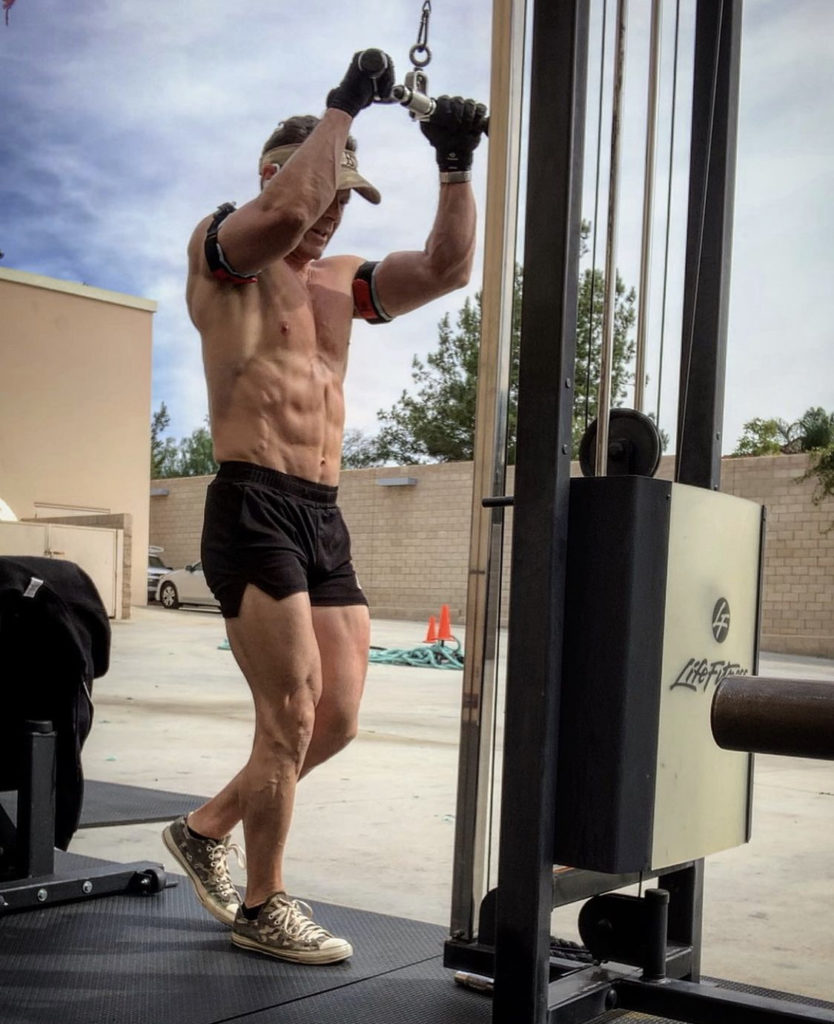
3. Have a Goal
Having a fitness goal is the best thing you can do to stay motivated and on track. It gives you something to aim for and makes it easier to keep going when the going gets tough.
When setting your goal, think about what you’d like to achieve and how far away this is from where you are now. Break down what you need to do into manageable chunks, such as running for 30 minutes three times a week, rather than focusing on the whole event, which may seem overwhelming. This way, it’s easier to track your progress and keep on track.
4. Take Supplements
Multivitamins, calcium supplements, and fish oil can be vital for people over 50 years. If you’re not getting enough of the recommended daily allowance of specific vitamins and minerals from food, take some supplements in addition to a healthy diet and exercise routine. Here are some of the most critical supplements for 50 years and beyond.
Vitamin D helps keep your immune system in top shape, protects against bone loss, and may reduce your risk of certain cancers. When exposed to sunlight, your body produces vitamin D, but it’s also found in some foods — including salmon, tuna, fortified milk, and orange juice.
Vitamin B12 – Because we get less vitamin B12 from food as we age, you should take a daily B12 supplement to avoid a deficiency that can cause fatigue, memory loss, and tingling in the hands and feet.
Folic acid is crucial for maintaining healthy red blood cells and preventing anemia. Supplement with 400 mcg daily. Folic is also found in lentils, leafy greens (spinach, kale, and collard greens), broccoli, asparagus, and citrus fruits.
Calcium is necessary for healthy bones, but you don’t need more than 1,000 mg daily. Too much can increase heart attack risk in older women. The source of calcium are low-fat or skim milk, low-fat yogurt or cheese, leafy green vegetables (such as kale or broccoli), and fish such as sardines or canned salmon).
The table below shows the number of supplements you need to take from the age of 50 and Beyond.
The Daily Intake of the Amount of Supplement for 50 years and Beyond People
| Supplement | Age | Amount for Male | Amount for Female |
|---|---|---|---|
| Omega-3s Supplement | 50 and above | 1.6g | 1.1 g |
| Vitamin D | 50 and above | 15mcg (600IU))- 20mcg (800IU) | 15mcg (600IU)) - 20mcg (800IU) |
| Calcium | 50 and above | 1,200mg | 1,000mg |
| Magnesium | 50 and beyond | 420mg | 320mg |
| Folic acid | 50 and above | 400 mcg | 400 mcg |
5. Find an Exercise Buddy
Having a partner to work out with can help keep you accountable and motivated when life gets busy, and other priorities crowd out your fitness routine. Plus, exercising with someone you care about means you’re sharing quality time, which is always good for your health.
6. Join Group Fitness Classes
Group fitness classes are excellent ways for people of 50 years and beyond to get and stay active and strong. What’s more, by participating in group fitness classes, you benefit from:
Increased motivation – When you exercise with others, you’re more likely to push yourself harder than if you work out solo.
Better results – Group fitness classes provide structure during your workout — which means you achieve better outcomes without thinking too hard about what exercises to do or how long to do them.
A wide range of class choices – Group fitness classes offers various activities and intensities. For example, you can sign up for a low-impact aerobics class, step aerobics, cycling, strength training (with weight machines), yoga, and dance exercise workouts.
7. Eat Less sodium (salt)
Overeating salt can raise your blood pressure, increasing your heart attack or stroke risk. The current recommendation is 2,300 milligrams of sodium for adults 50 and older and 1,500 milligrams daily if you have high blood pressure or diabetes.
The best way to cut back on salt is to avoid adding it to food when cooking and eating. You should also check the labels on all packaged foods, including breakfast cereals, soups, bread, and ready meals — many of these contain surprisingly high amounts of added salt
Foods that are usually high in sodium include tomato products like ketchup and spaghetti sauce; soups; processed meats like sausage and bacon.
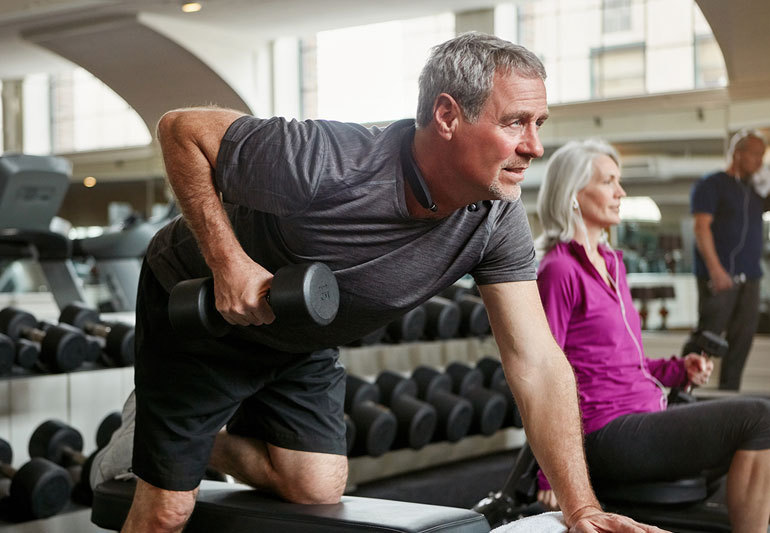
Bottom Line
Regular exercise and a healthy diet are the keys to staying healthy and fit at 50 years and beyond. It keeps your heart, lungs, muscles, and bones strong to enjoy a more active lifestyle for longer.
Moderate aerobic exercise at least three times a week with strength training at least twice a week is the goal of any exercise program for the 50-and-over crowd. Be sure to check with your doctor before beginning any exercise program.






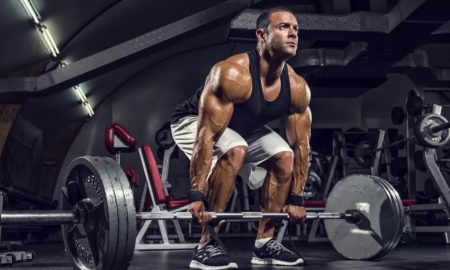
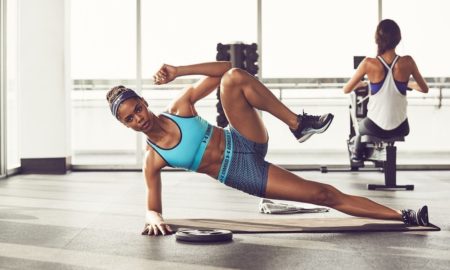











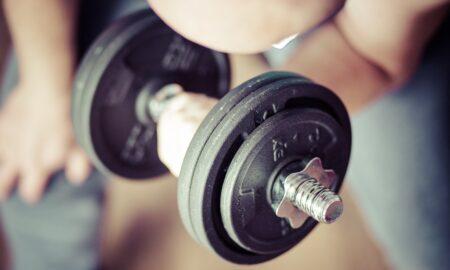
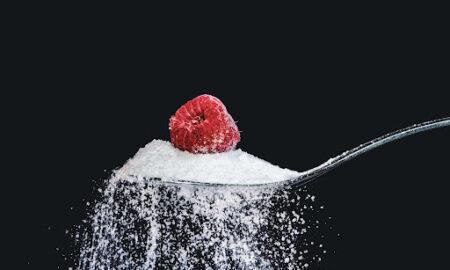
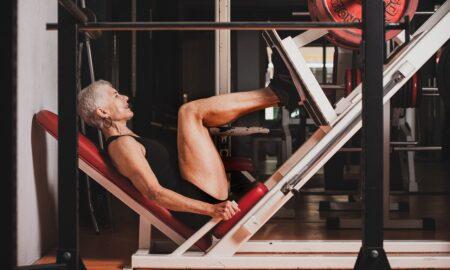
You must be logged in to post a comment Login